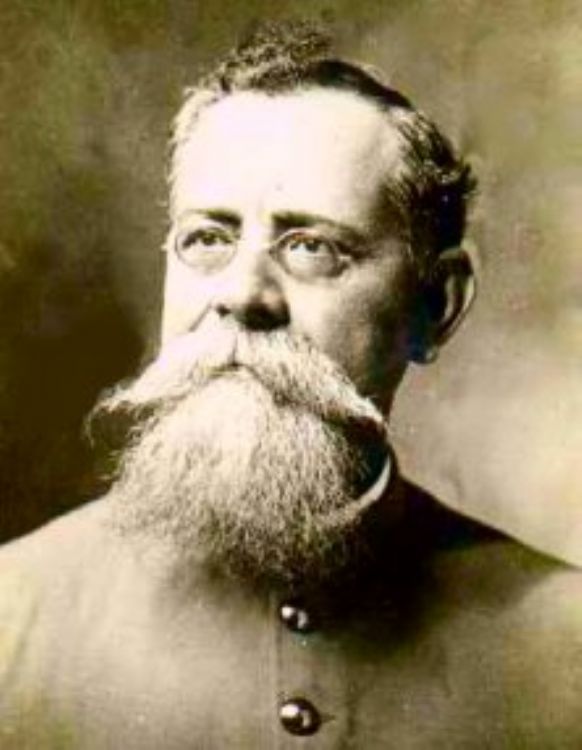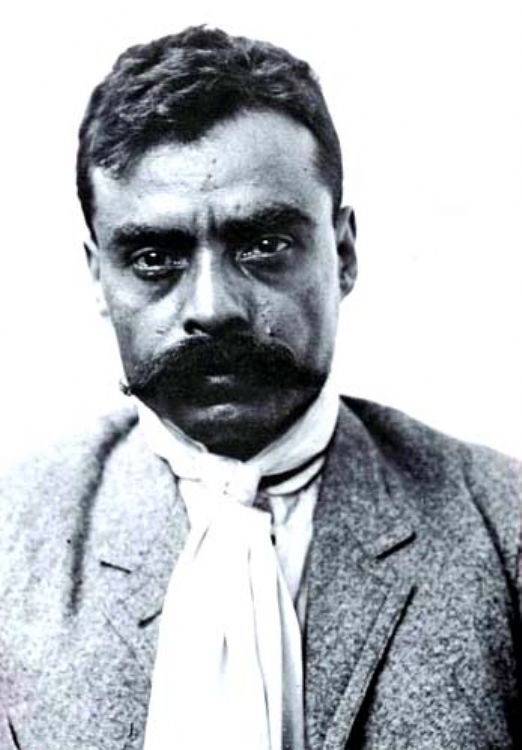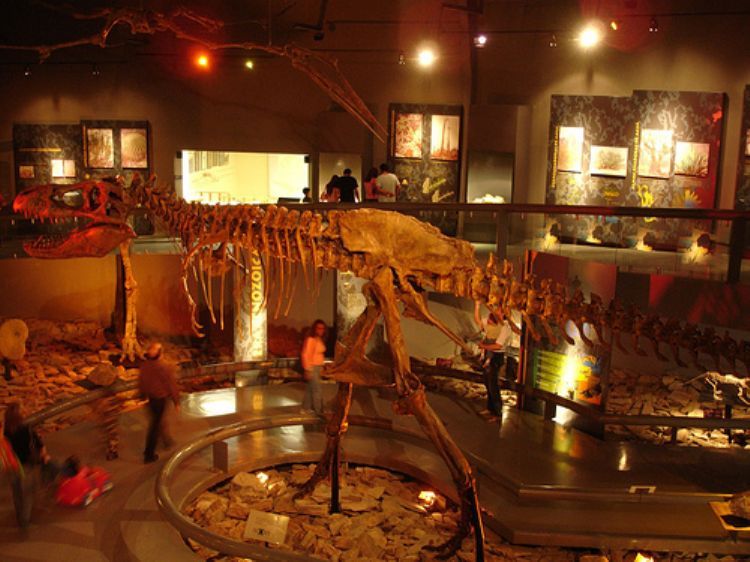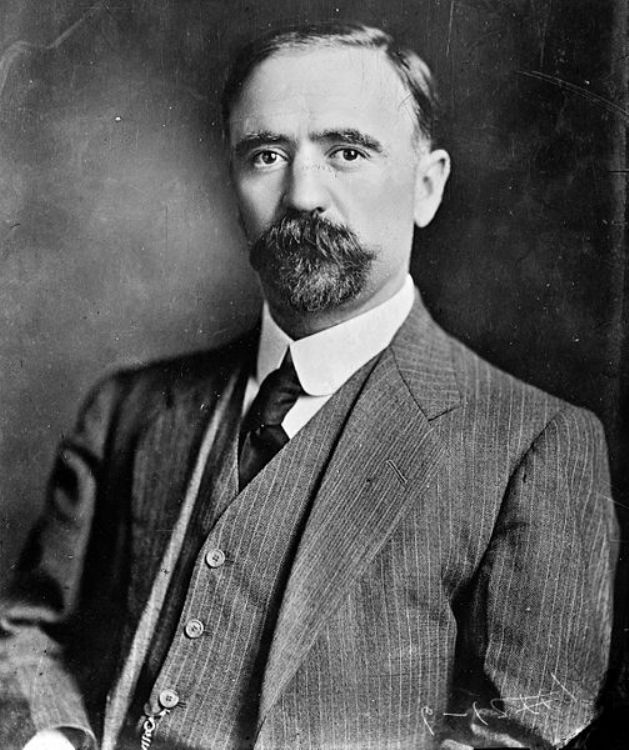Demography
The last national census, published in 2005, refers to a population of 103 million inhabitants in this Latin American country where Spanish is the official language and where 6% of Mexicans speak an indigenous dialect, the major of which is the Nahuatl tongue, spoken by the descendants of the ancient Aztecs. Unfortunately, most of the more than sixty native dialects known in the nation have been lost, or are still spoken only by a handful of individuals who have survived displacement and racial segregation, quite typical and frequent within Mexican society.
The main portion of the population is located in the range between 0-35 years, resulting in a national average of only 24 years old. This youthful nation has a rate of life expectancy of 73 years for men and 78 years for women.
On the other hand, annual growth rate is 1%, and gross birth rate around 19%. Regarding religious and social tendencies, 88% of Mexicans declare to be Catholic and 68% of homes in the nation are conformed by the traditional family configuration of parents and children.
Other demographic particulars include the fact that 90% of the population over 15 years of age enjoys literacy, with equal indicators for both men and women; the known tendency of Mexicans to migrate north into the United States in large numbers, as compared to the less than 1% of foreigners migrating into Mexico; and the fact of a very high concentration of the population in urban environments, where 76% of Mexicans live in the cities, of which an impressive 20% of the national total reside in its capital, Mexico City.






